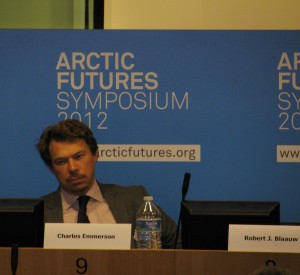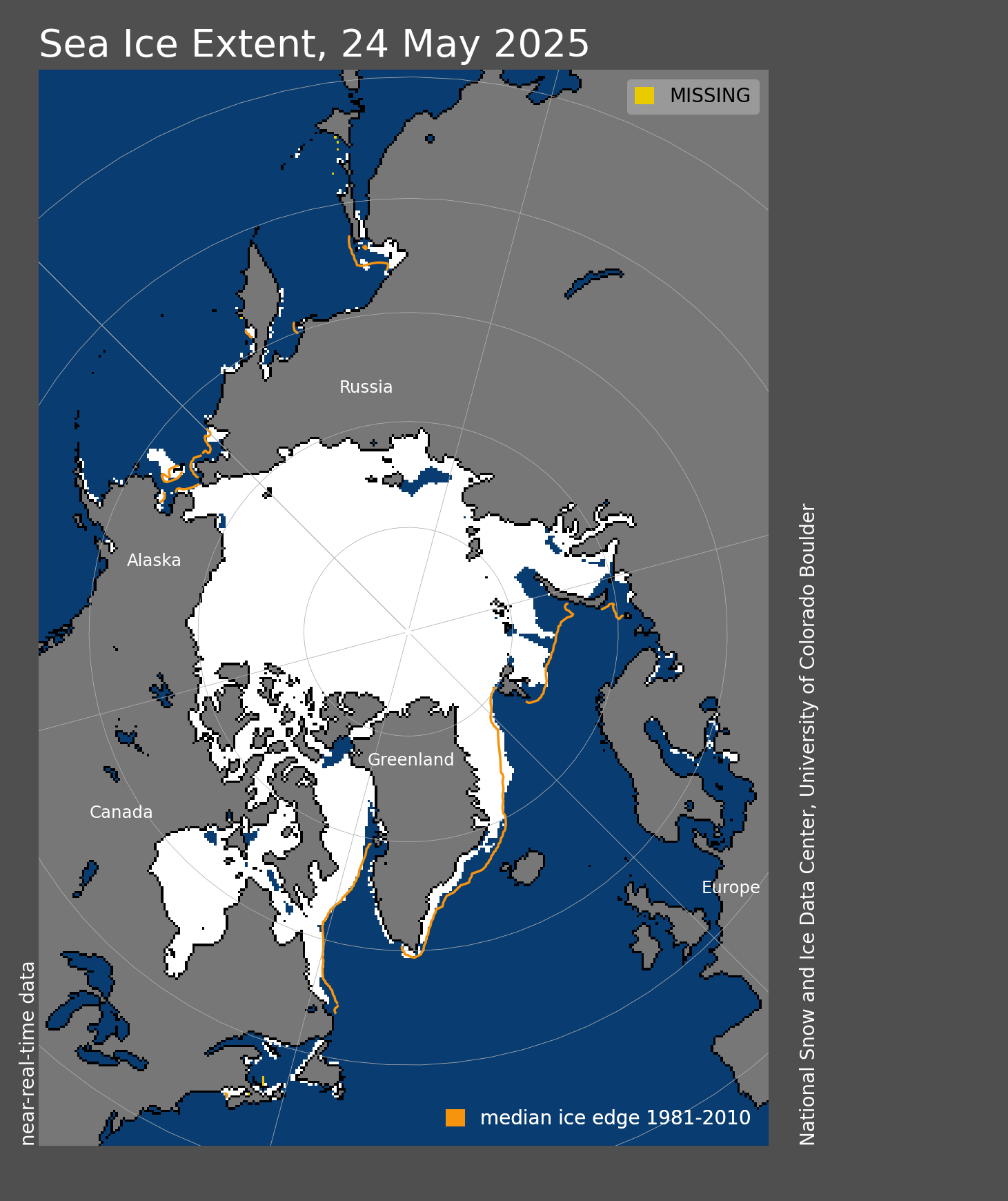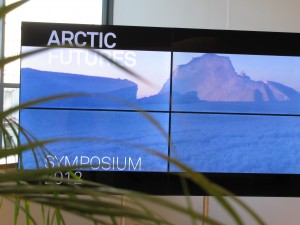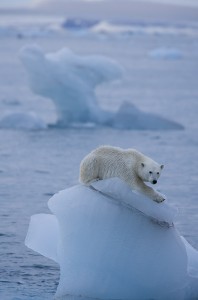Oil from the Arctic: to drill or not to drill…

Charles Emmerson listening to the presentation by Robert J. Blaauw, senior Arctic Adviser with Shell.
Is not such an easy question to answer, Charles Emmerson from the British think-tank Chatham House told the Arctic Futures conference hosted by the International Polar Foundation and the EU committee of the regions in Brussels. In a session on the future of energy resources in the Arctic, he said it depends on various factors, including geographical location, economic costs and geo-political aspects. Emmerson was co-author of a study Arctic Opening: Opportunity and Risk in the High North for Chatham House and Lloyds.
![]() read more
read more
Arctic Futures up for Debate
I am in Brussels at the moment for a symposium being held by the International Polar Foundation looking at future scenarios for the Arctic. It has been an interesting day with representatives from the Arctic countries giving their perspectives on Arctic change and what consequences it is likely to have. With the future of energy resources as one of the key topics, it is hardly surprising that Greenpeace were demonstrating outside the conference venue this morning, drawing attention to their campaign to save the Arctic from oil drilling.
![]() read more
read more
“Svalbard bears on the move”
I found the latest online edition of WWF Arctic‘s newsletter The Arc in my in-box today. For a Friday afternoon or weekend pastime, I would recommend a look. I was particularly interested in the item about polar bears on Svalbard, following the sea ice or locating a dead whale. Having been on the Arctic island a few times it holds a special interest for me. And the chance to track polar bears moving around is absolutely fascinating. The bear tracker site does just that. There’s also a video of how researchers on the ground work with the bears. Can you imagine putting your hand between the jaws of a giant white bear? 😉
Arctic ice melt: worst fears confirmed

Arctic sea ice decline, courtest of National Snow and Ice Data Center
Well, the scientists have been predicting it for a good few weeks now. The Arctic ice has finally reached its lowest extent since satellite records began in 1979. And it could still decrease further as changing winds push ice floes together, according to the US National Snow and Ice Data Centre ISIDC. The final figures will only come in October, but the long-term downward trend in Arctic ice extent is reinforced, according to NSIDC. The ice is now 45% less than it once was.
![]() read more
read more
The Cold Edge – Visualizing polar climate impacts

The Dragon - Dave Walsh - davewalshphoto.com
On board the Greenpeace boat Esperanza at Svalbard for a story on scientists monitoring ocean acidification in 2010, I met Dave Walsh from Ireland, who was on board as Greenpeace press officer. Since then I have discovered his work as a photographer in his own right. These photos are art and appeals for environmental and climate action at the same time. Ice blog followers will enjoy his polar photos, spectacular and somehow moving. “While the frozen regions of our planet have the power to ignite imaginations, for most of the seven billion people on Earth, the Arctic and Antarctic remain abstract and unreachable”, says Dave. “ I’ve been lucky enough to voyage north and south by ship, to experience the serenity of the oceans and polar regions – and realise how finite ourplanet is.”
“The Cold Edge” exhibition of Dave’s pictures opens at The Copper House Gallery in Dublin this evening. I wish I could be there. In the meantime, those of us who can’t be there in person can share some inspiration and (aesthetic) food for thought online. The British newspaper the Guardian also features the pictures.






















Feedback